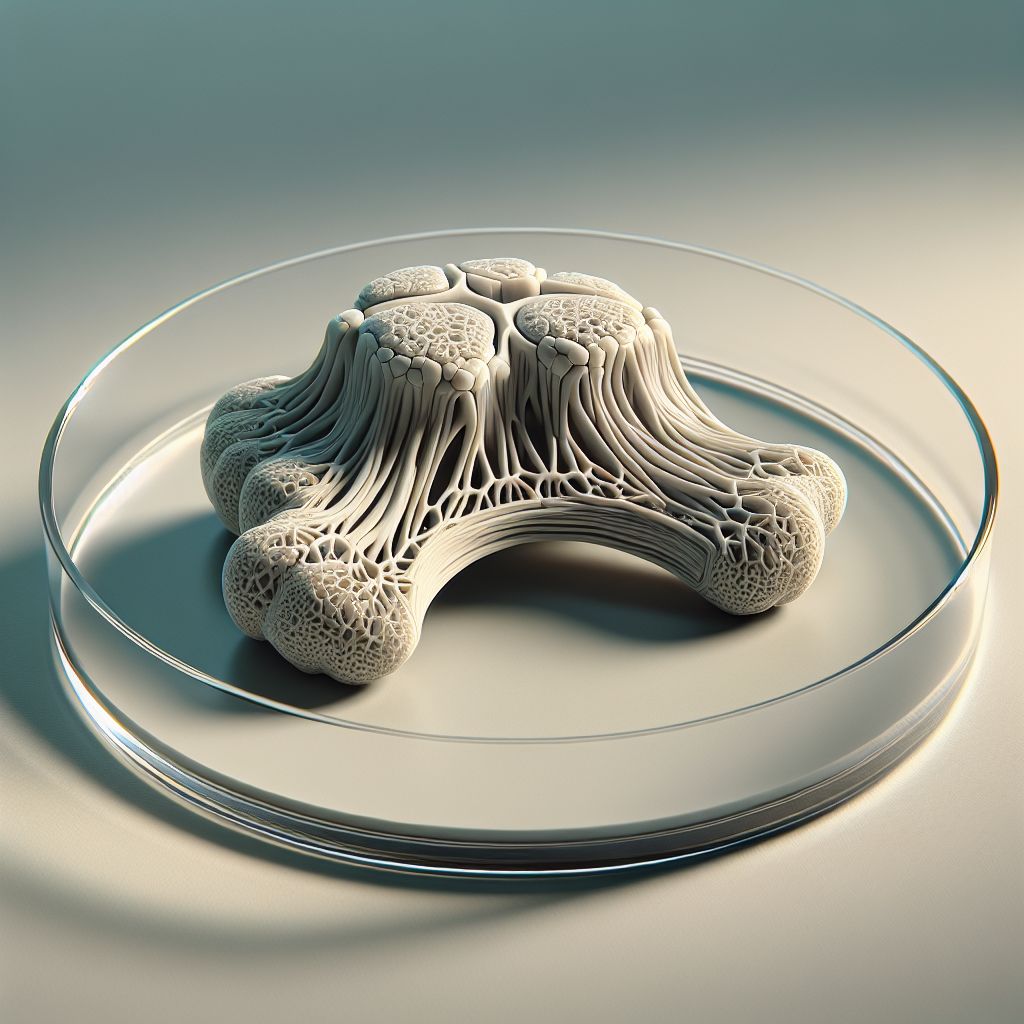Microscopic Miracle: Scientists Sculpt Perfect Bone Replicas in Petri Dish

Revolutionizing Bone Replication
New York University researchers have achieved a significant breakthrough by creating exact replicas of bone tissue. Using a combination of biothermal imaging and a heated nano-chisel, they've developed a method that mirrors the intricate structures of real bones. This advancement paves the way for exciting new studies in stem cell research and other biomedical fields.
The Innovative Bio-tSPL Technology
The core of this achievement lies in a platform called bio-thermal scanning probe lithography (bio-tSPL). This technology takes detailed “photographs” of bone tissue and uses them to sculpt precise replicas in a biocompatible material. Remarkably, it can replicate features smaller than a single protein, ensuring microscopic accuracy essential for advanced research.
Pioneering Researchers Behind the Breakthrough
Led by Professor Elisa Riedo and Senior Principal Investigator Giuseppe Maria de Peppo, the research team has demonstrated that bio-tSPL can be scaled up to produce bone replicas meaningful for biomedical applications. Their work ensures that the process remains affordable, making it accessible for widespread research and therapeutic use. Their collaborative efforts have pushed the boundaries of what's possible in bone tissue engineering.
Transforming Stem Cell Studies
These bone replicas provide an ideal environment for growing bone cells derived from a patient’s own stem cells. This compatibility opens up new avenues for stem cell applications, offering broad research and therapeutic potential. The precise replication of bone structures is crucial for understanding cell behavior and enhancing tissue regeneration.
Advancing Orthopedic Implants and Drug Discovery
The precision of bio-tSPL technology holds promise for revolutionizing drug discovery and the development of orthopedic implants. By creating bone-mimetic surfaces, researchers can better model bone diseases and develop more effective treatments. This technology also has the potential to lead to the creation of superior orthopedic devices, improving outcomes for patients with skeletal and facial injuries.
Conclusion
The development of bio-thermal scanning probe lithography marks a transformative step in biomedical engineering. By enabling the creation of highly accurate bone replicas, this technology opens up new possibilities in stem cell research, drug discovery, and orthopedic applications. Supported by major research institutions and foundations, this breakthrough promises to enhance medical treatments and advance our understanding of bone biology.
Read the full article here:
futurity.org